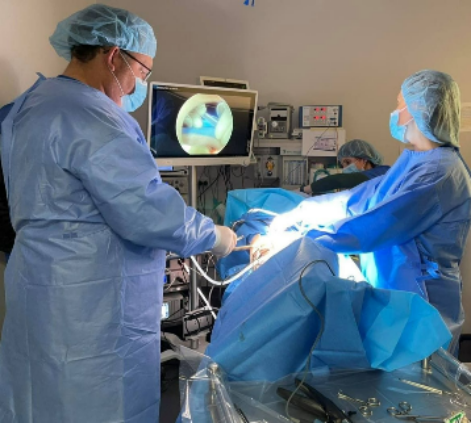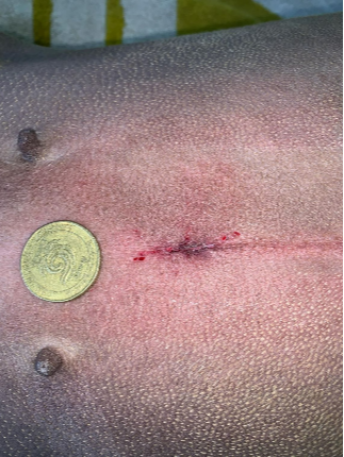What is laparoscopic desexing?
Laparoscopic desexing involves the removal of the ovaries through a very small incision using minimally invasive surgery (MIS). These techniques are often referred to as keyhole surgery. MIS offers many benefits over traditional desexing and is considered to be the gold standard in desexing surgeries.


